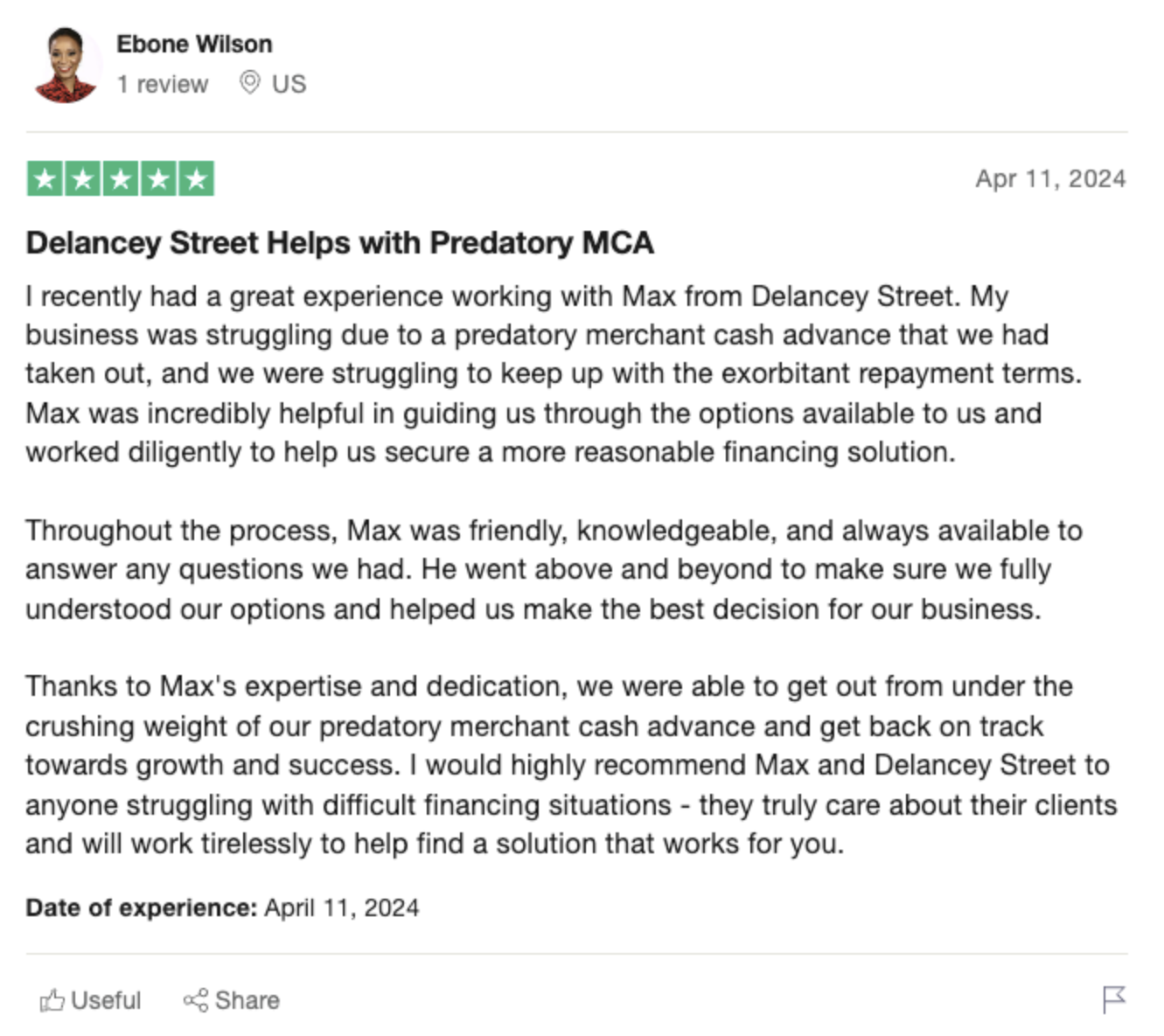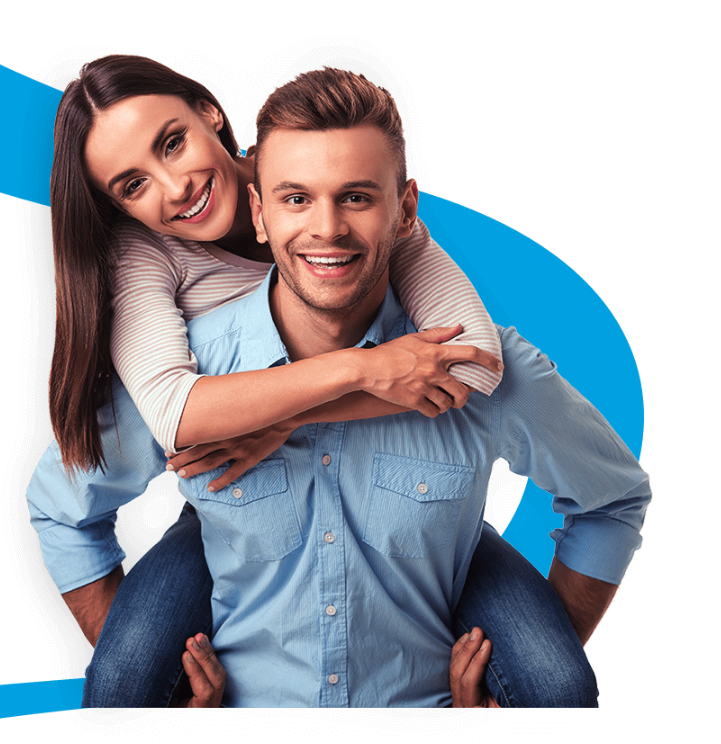How Credit Card Debt Relief Programs Can Give You a Fresh Start
Falling behind on credit card payments can feel scary and overwhelming. As interest and late fees pile up, the mountain of debt seems impossible to climb. But there is hope – credit card debt relief programs provide a path to regain control of your finances.
Understanding Credit Card Debt Relief
Debt relief refers to strategies that reduce or eliminate what you owe to creditors. The goal is to make repayment more affordable so you can get out of debt faster.Popular options include:
 -
-- Debt management plans: A credit counseling agency works with your creditors to lower interest rates or get fees waived. You make one monthly payment to the agency and they distribute funds to creditors.
- Debt consolidation loans: These combine multiple debts into one new loan with lower interest. This simplifies repayment with just one monthly bill.
- Debt settlement: The creditor or a settlement company agrees to let you pay a lump sum that is less than the total balance owed. This can save a ton but may hurt your credit score.
- Bankruptcy: As a last resort, filing for Chapter 7 bankruptcy liquidates assets to pay creditors and discharges remaining debts. This provides a fresh start but can seriously damage credit. Filing Chapter 13 instead sets up a 5-year repayment plan for debts.
The right option depends on your specific situation. But all these strategies can provide meaningful credit card debt relief.
How Debt Relief Helps Credit Card Owners
If you feel trapped by high-interest credit card balances that never seem to budge, debt relief can be a lifeline. Benefits include:
1. Lower interest rates Credit card APRs now average over 20% – ouch! Programs like debt management and consolidation loans can significantly cut the interest you pay. This makes balances cheaper to pay off.
2. Lower monthly payments Relief programs aim to make repayment more affordable on a month-to-month basis. You get more room in your budget to cover priorities.
 -
-3. Pay off debt faster Between lower rates and payments, you can accelerate payoff timelines. Knocking out debt faster improves cash flow.
4. Avoid late fees If you’ve missed payments and keep getting hit with late fees, relief programs can provide a clean slate. New terms shield you from these annoying penalties.
5. Improve credit As you demonstrate the ability to manage payments responsibly under a program, this can begin rebuilding damaged credit.
Questions to Ask Before Enrolling
Debt relief programs can transform your situation – but they’re not all created equal. As you evaluate options, important questions include:
- What are the fees? Make sure charges fit within your budget. Some companies charge very high fees.
- Will it hurt my credit score? Programs like debt settlement often damage scores initially before they start to rebound. Understand risks.
- How long until I’m debt-free? Get an estimate of when you can expect to complete the program. The shorter, the better!
- What are the requirements? Ensure you can realistically meet expectations like monthly deposits. Don’t take on more than you can handle.
Doing your homework protects you from scams and sets realistic expectations.
 -
-Tips to Make the Most of Debt Relief
Once enrolled in a program, consistency and discipline are key. Here are tips to optimize the experience:
Pay on time every month – Late payments can get you dropped from programs or undo progress. Mark payment due dates in your calendar so you never miss one.
Avoid new debt – Resist the temptation to whip out credit cards again or it defeats the purpose. Stick to your program’s requirements.
 -
-Communicate about changes – If your situation shifts due to job loss, illness etc., talk to your counselor right away about adjusting the plan. Don’t wait!
Celebrate milestones – Note important accomplishments like when you’ve paid off your first account. Reward yourself! Momentum builds as you see progress.
Prepare for life after debt – Work on money management skills so you can avoid balances creeping up again once you’ve completed relief.Trust the process! Debt freedom awaits with consistency.
Finding the Right Credit Card Debt Relief Program
If you decide a debt relief program may be right for you, reputable options to consider first include:
Non-profit credit counseling agencies – Accredited organizations provide impartial guidance on managing money and debts. Their debt management plans have reasonable fees.
Banks and credit unions – These traditional financial institutions often offer competitive rates on consolidation loans and other relief options. They have more flexibility than credit card companies directly.Checking in with a non-profit credit counselor is a great first step even if you end up choosing a different approach later. They can help weigh all your options based on your unique situation.Beware of debt relief companies charging very high fees or pressuring you to make decisions immediately. Get written details on any program before signing up.







